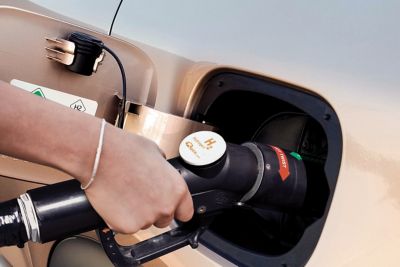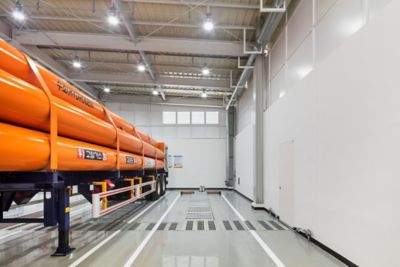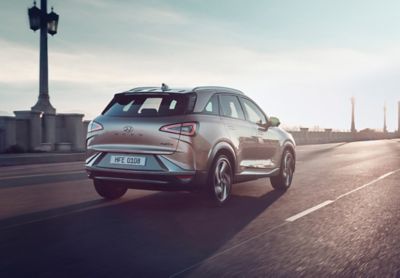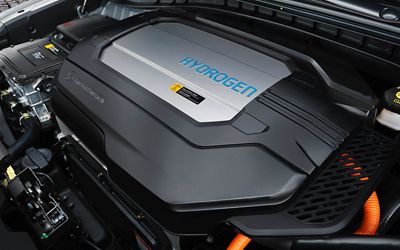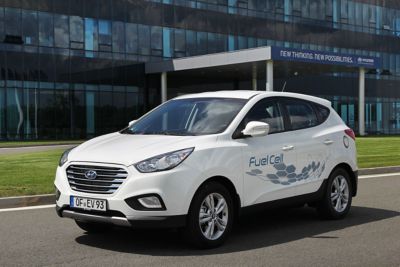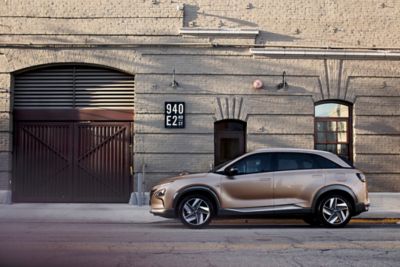Empowering a sustainable tomorrow.
Hyundai has established itself as a pioneer in the hydrogen fuel cell market with the launch of the ix35 Fuel Cell Electric Vehicle (FCEV), one of the first mass-produced vehicles worldwide powered by hydrogen. Having worked on fuel cell technology for nearly 25 years, we have continually improved our approach and expertise in this field. Building on this progress, we have expanded into next-generation FCEVs, demonstrating our dedication and contribution to innovative and sustainable transportation solutions.
Why consider Hydrogen energy?
Attention on Hydrogen as a sustainable energy source is growing, as our cities and societies continue to move toward alternative methods of energy production and storage. Hydrogen is part of a long-term strategy aimed at offering a solution to the issues facing the energy sector today. The role of hydrogen has never been more promising.
Green Hydrogen
Progress with positive energy.
There are various methods of producing hydrogen, which have various carbon densities. The true potential of hydrogen is Green hydrogen.
Fuel Cell Vehicles
Coming together for a zero tailpipe emission future.
In 2013, Hyundai launched the ix35 Fuel Cell, one of the first mass-produced hydrogen fuel cell vehicles on the market. This innovative vehicle is notable for its impressive driving range and quick refuelling capabilities and is equipped with Hyundai's fourth-generation fuel cell system. Building on this success, Hyundai introduced its second mass-produced fuel cell powertrain NEXO in 2019.
